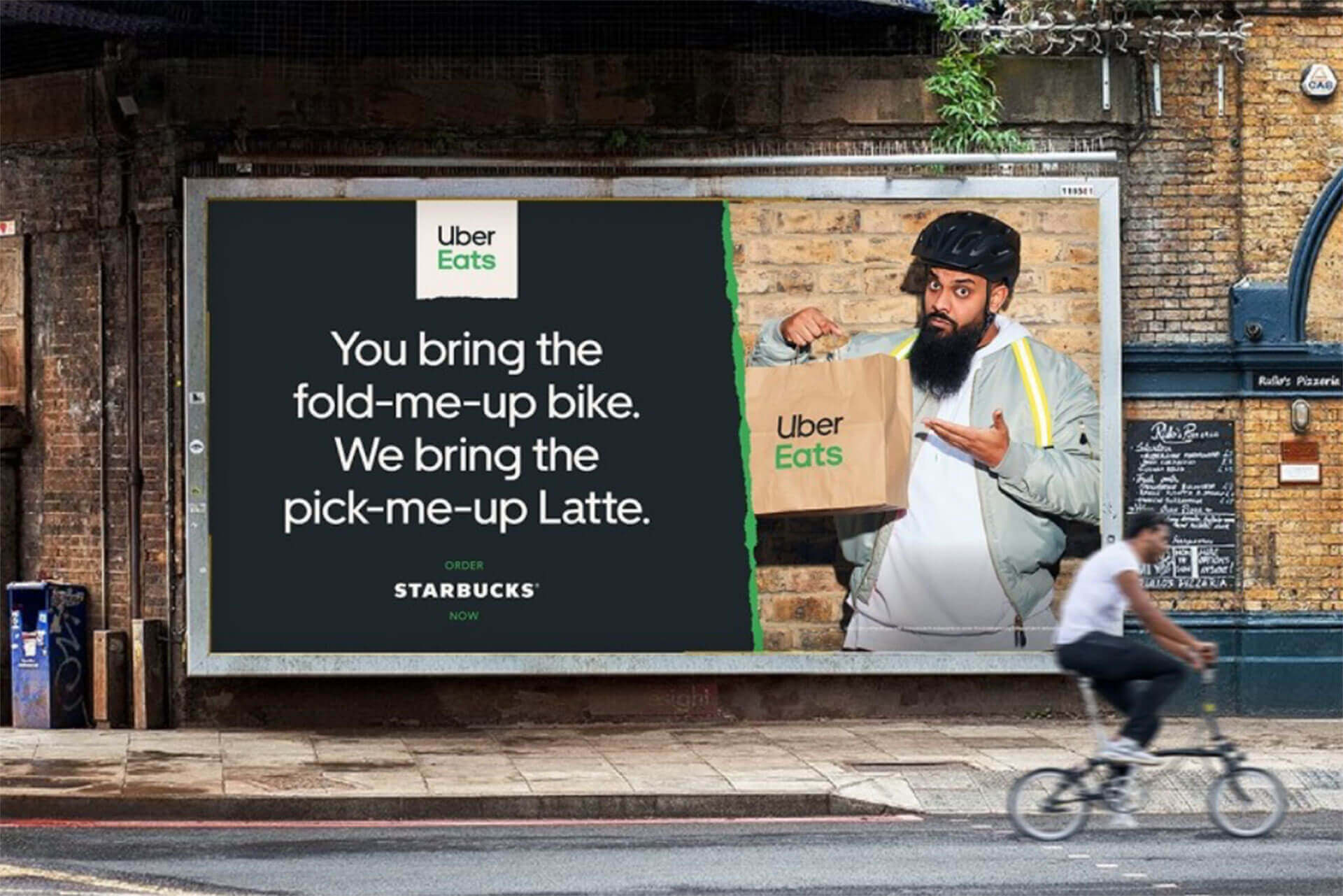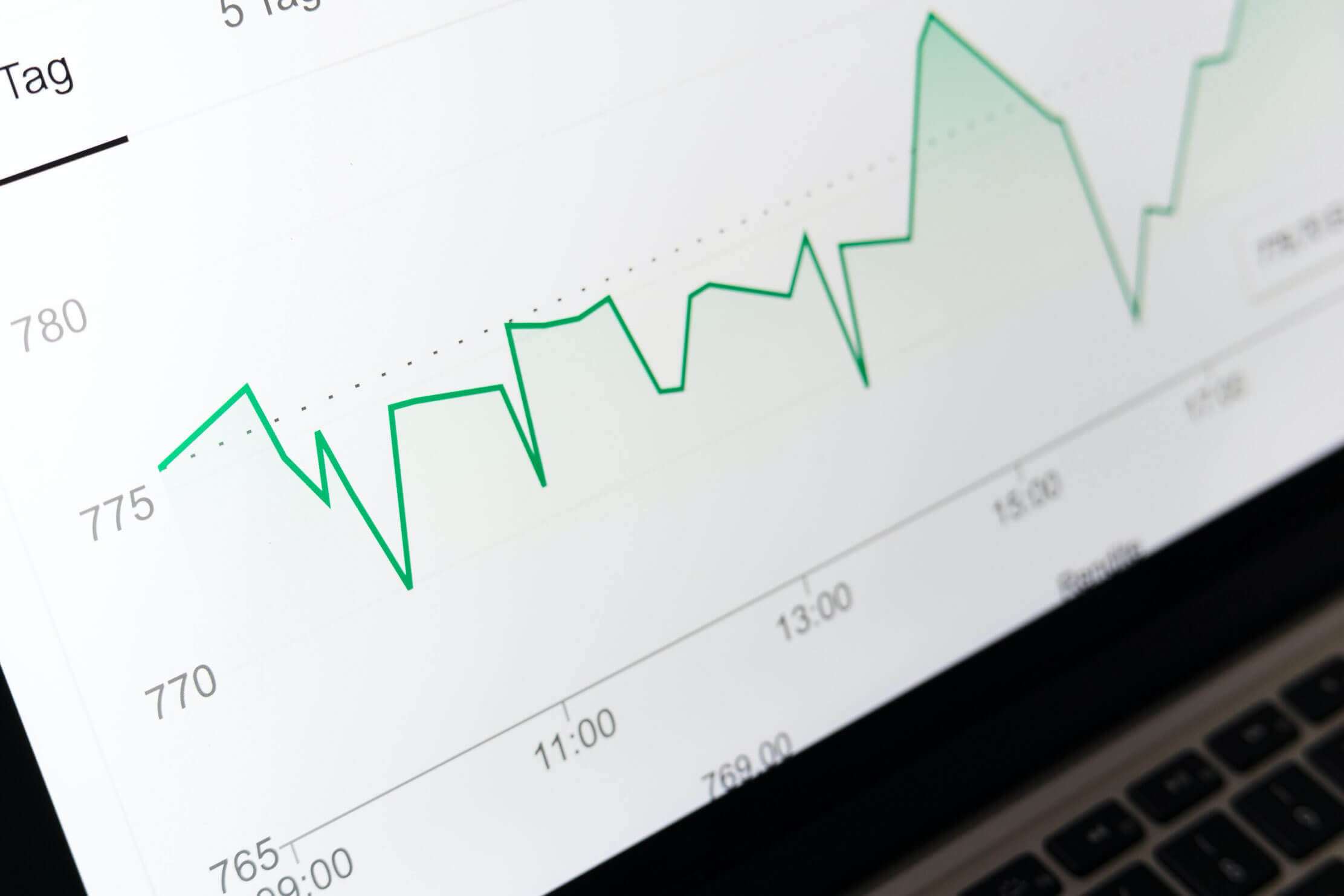The Government has outlined their nationwide plans to introduce a ban on HFSS food advertising online, prior to 9pm.
The plans include measures of banning advertising for high fat, salt and sugar (HFSS) food and beverages online. But what does this mean for the fast food sales market? Who will be the winners and losers from this legislation? We’ve spoken to our digital food experts at Goldfish to understand what they think the impact will be.
The Winners
The food aggregators like Just Eat, Deliveroo and Uber Eats are on a trajectory to take the majority of orders for food businesses. They’ve achieved this by spending eye-watering amounts on digital advertising and outbidding businesses that try to sell direct.
We believe the new legislation will accelerate their trajectory of being the intermediary for the vast majority of food sales, for two key reasons.
There has been a HFSS food advertising ban in force on London’s public transport since February 2019. The aggregators have been able to dodge the ban by carefully avoiding HFSS foods and by promoting the app instead of the food. This clever dodge isn’t an option for businesses which offer a simple menu with HFSS as their core product; most pizza businesses, for example.

Advertising online is likely to play out in the same way. The aggregators can capture more market share from those with HFSS as their core product, because they’re excluded from advertising.
Customer desire for HFSS won’t go away as a result of an advertising ban, or even a change in the geographical density of outlets. What will change will be the choices consumers make when choosing a food business to buy from as a result of the aggregators gaining more control.
Aggregators are working hard to visually standardise food businesses on their platforms. On Deliveroo, for example, the only differences are menu, price and customer reviews. From insider information at one of the leading aggregators, we understand that visually standardising food businesses on these platforms leads customers to determine quality based on customer reviews and not marketing. The aggregators believe that influencing the customer in this way will lead them to make a better decision on what food provider to eat with.
Marketing can be invented, customer reviews (mostly) cannot. Ultimately, aggregators will gain more control over what factors consumers use to make choices between food brands. Undoubtedly, they’ll use this to their advantage.
The Losers
Firstly, the Government’s regulations do not ban people from posting pictures of their favourite food on social media. Food businesses who don’t start audience-building on social media will struggle to generate awareness of their brand. In an aggregator-dominated market, brand awareness is a differentiator when a customer comes to making a decision on which food to buy from an endless list of undifferentiated food businesses.
Secondly, the losers will be those who aren’t optimising their direct digital sales conversion; not having a clear digital strategy on how they’re going to convert the customers who visit their direct channels. Converting 50% of 100 people provides 50 sales – vs converting 10% of 500 people is the same 50 sales. Having a high conversion rate in a declining channel is how you maintain direct revenue.

Thirdly, the losers will be those who don’t build loyalty with their customers and generate long-term revenue from every direct sale they get. When aggregators have all the bargaining power, they can increase their commission. We’ve seen this across virtually every market that has been disrupted by aggregators – from insurance; to rental cars; to holidays. When the aggregators own the customer, they can charge high commission fees. This will change the focus for food businesses, from acquiring new customers, to retaining customers – due to the cost of acquisition being so high.
Finally, the losers will be those who don’t have an effective strategy for turning customers who take an order with them from an aggregator into a direct customer. This can be done through intelligent communications targeting, but requires a good amount of digital expertise. The food businesses which don’t have digital expertise at the senior level will lose out.
The food businesses who haven’t come to grips with the reality of the digital world by putting an evidence-based digital strategy at the heart of their sales, marketing and product development will struggle when this comes into force.
Attributions: Image of the Deliveroo bus is from Deliveroo website, graph image is from Unsplash, Uber Eats image is from thedrum.com.
Start our 30 day increase online sales package
